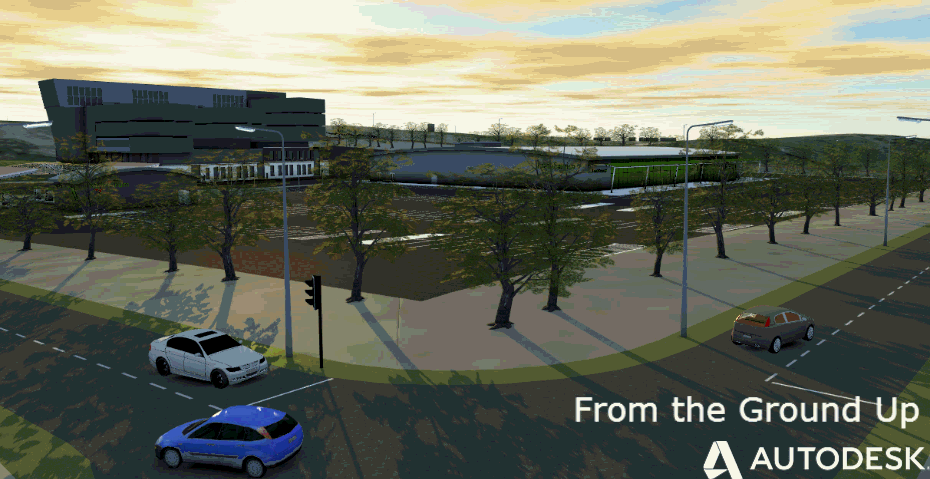Hi – We've had some questions from and discussions with customers on this topic, so I thought it worth documenting the way fixed curve points are passed between Civil 3D and the HALGN data contained in the generated output file.
The start and end points displayed in the Civil 3D UI are the calculated points after the current entity has been fixed to the next entity in the alignment. The HALGN data in the output file uses the input points for a fixed curve (known as pass-through points in Civil 3D) – these are the ones defined by the user whilst the alignment is being created. This means that the XY values in the HALGN data are usually not the same as the calculated tangent points on an alignment which consists of more than one connected entity.
In my example below you can see that points 1, 2, and 3 are passed through to the MX input file, not the tangent point between curve and straight.
…
301,1,RX,X1=200,Y1=200,X2=400
305,Y2=300,X3=650,Y3=250
301,2,SL,…
To see the pass-through point values in Civil 3D that the GENIO Export Extension uses, you can right-click the Alignment Grid View header in Civil 3D, and select Customise View. From the list of available parameters, ensure that PassThroughPoint1 and PassThroughPoint3 are marked as visible, and click OK. PassThroughPoint3 holds the same XY value that you see for the end of this particular entity in the example below in the HALGN data.
The fact that you see "untruncated" (beyond the tangent point dumbell) fixed elements/entities in MX when you are editing an alignment is to be expected. This would also happen if the same input parameters were used to generate this alignment manually in MX. However, if you run a report of the alignment in MX you'll see that the tangent points on the alignment generated from the HALGN data from the GENIO Exporter are in the correct location.
Hope that's informative.
Ian
